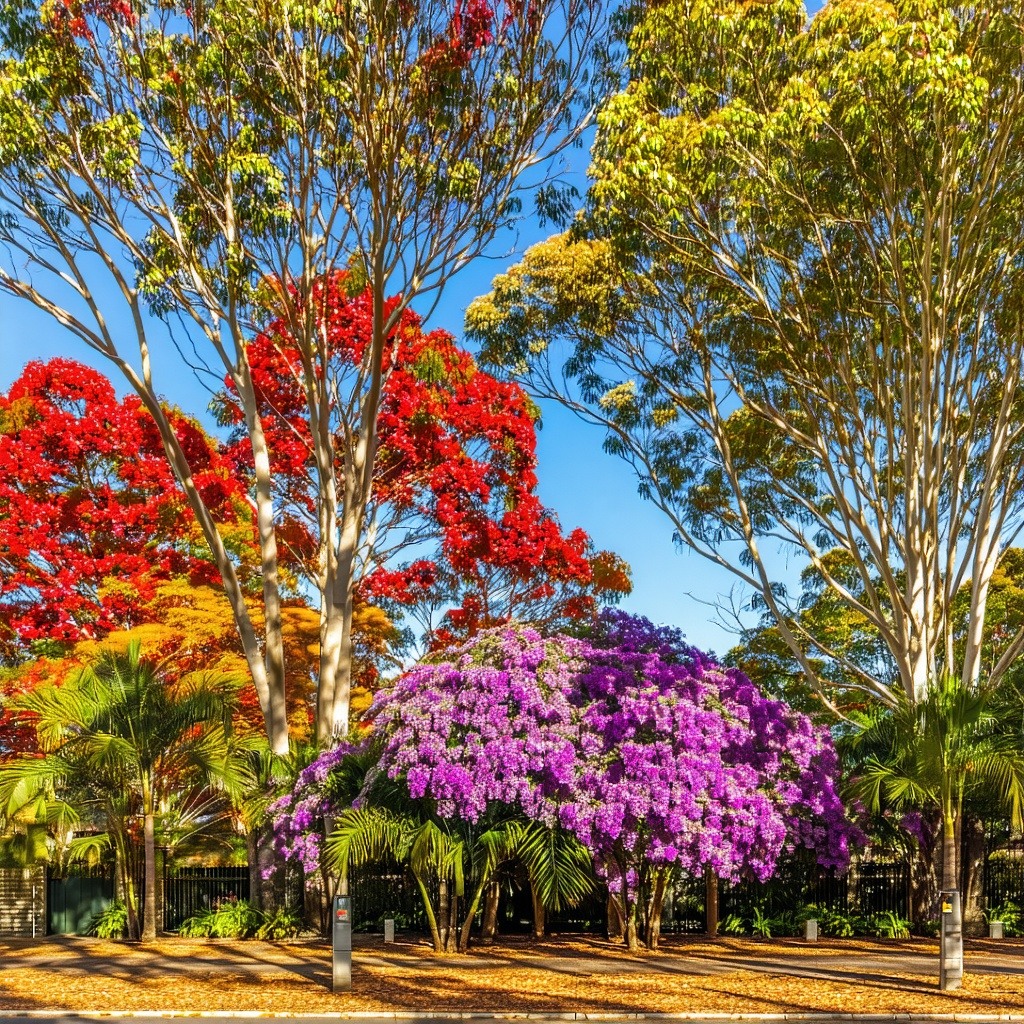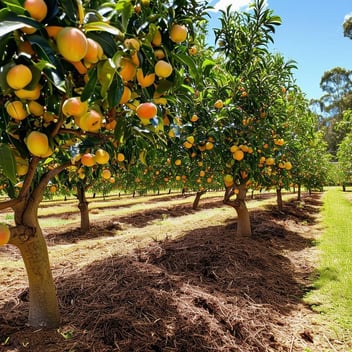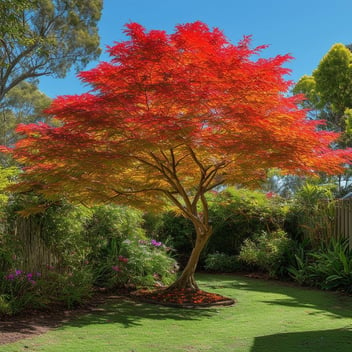Embracing the Beauty of Deciduous Trees in South East Queensland
Deciduous trees, with their cyclical display of foliage, offer a dynamic aesthetic to gardens in South East Queensland. Their seasonal transformations—from verdant canopies to vibrant autumnal hues—provide visual interest and ecological benefits. Proper care ensures these trees thrive, enhancing the landscape's allure.
Selecting Suitable Deciduous Species
Climate Compatibility
South East Queensland's subtropical climate necessitates choosing deciduous species that can withstand warm, humid summers and mild winters. Species such as the Jacaranda (Jacaranda mimosifolia) and Poinciana (Delonix regia) are well-suited to the region, offering both resilience and ornamental value.
Soil Preferences
Understanding soil composition is vital. Most deciduous trees flourish in well-drained, fertile soils with a neutral to slightly acidic pH. Conducting a soil test can inform necessary amendments, ensuring optimal root development.
Optimal Planting Practices
Timing and Site Preparation
Planting during the tree's dormant phase, typically in late autumn or early winter, allows roots to establish before the onset of vigorous spring growth. Preparing the site involves removing weeds, loosening the soil, and incorporating organic matter to enhance fertility.
Spacing and Depth Considerations
Adequate spacing prevents competition for resources and facilitates air circulation, reducing disease risk. Planting at the correct depth—where the root flare is level with the soil surface—promotes stability and prevents root rot.
Watering Requirements
Establishment Phase
Newly planted deciduous trees require consistent moisture to develop robust root systems. Regular watering during the first year is crucial, especially during dry spells.
Seasonal Adjustments
Mature trees may need less frequent watering; however, monitoring soil moisture during prolonged dry periods ensures continued vitality. Adjusting irrigation practices seasonally aligns with the tree's growth cycles and environmental conditions.
Nutrient Management
Fertilization Schedules
Applying a balanced, slow-release fertilizer in early spring supports new growth. Avoid excessive fertilization, which can lead to weak, sappy growth susceptible to pests.
Organic Mulching Benefits
Mulching with organic materials like wood chips or leaf litter conserves soil moisture, regulates temperature, and suppresses weeds. As mulch decomposes, it enriches the soil, enhancing nutrient availability.
Pruning Techniques
Timing and Methods
Pruning during the dormant season minimizes stress and allows for clear visibility of the tree's structure. In South East Queensland, late winter to early spring is often an optimal time for pruning deciduous trees. This timing promotes fast regrowth in spring. However, some trees, such as maples, birches, and magnolias, bleed sap heavily if pruned in late winter. To avoid this, it's best to prune these species in late spring once they've sprouted new leaves.
Encouraging Healthy Growth
Proper pruning enhances air circulation and light penetration, reducing disease incidence and promoting vigorous growth. Removing crossing, dead, or diseased branches directs energy to healthy limbs, fostering a robust canopy.
Pest and Disease Management
Common Threats
Deciduous trees in South East Queensland may encounter pests such as borers and aphids, and diseases like black spot and phytophthora. Black spot is characterized by circular black spots on leaves, leading to defoliation. Phytophthora, a water mold, deprives trees of water and nutrients, leading to their death.
Integrated Pest Management Strategies
Implementing integrated pest management (IPM) involves monitoring tree health, encouraging beneficial predators, and applying targeted treatments when necessary. Regular inspections facilitate early detection, allowing for prompt intervention and minimizing chemical use.
Seasonal Care and Maintenance
Autumn and Winter Preparations
As deciduous trees enter dormancy, it's an ideal time for significant pruning. Shaping the canopy during this period enhances air circulation and sunlight penetration. Applying dormant oil sprays helps control overwintering pests and eggs.
Monitoring and Adaptation
Regular assessments of tree health enable timely responses to environmental changes and emerging threats. Adapting care practices to seasonal variations ensures the enduring vitality of deciduous trees in South East Queensland.
By adhering to these guidelines, gardeners can cultivate thriving deciduous trees that contribute to the ecological richness and aesthetic appeal of South East Queensland landscapes.




